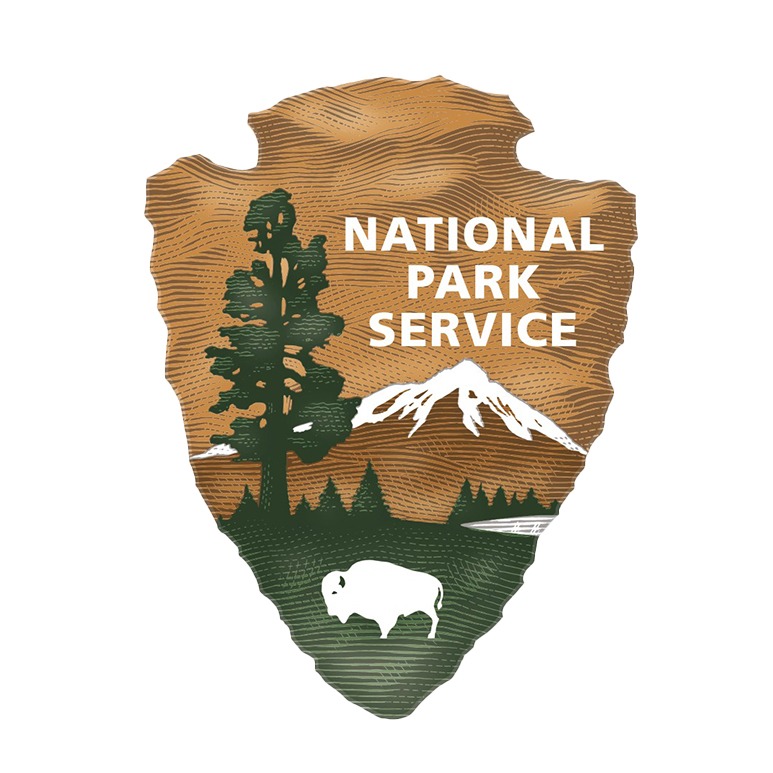*This is a 2024 archived project, view this year’s projects here.
Project overview: Implement a systemic monitoring effort across Yosemite Valley to close information gaps among multiple partners and departments, assess cumulative benefits, and better understand the bigger-picture impacts of fire, resource management, and restoration activities management in a rapidly changing landscape.
How your support helps: Yosemite resource and fire management staff and their partners are investing millions of dollars in river, meadow, and forest restoration projects in Yosemite Valley to restore ecological processes, reduce fire hazard, and protect cultural and scenic values as part of the Merced River Plan, Scenic Vista Management Plan, Fire Management Plan, and General Management Plan. Now, it’s important to evaluate how all these individual restoration efforts are complementing one another.
Thanks to support from Conservancy donors, this project aims to develop an understanding of the cumulative effects of management at a landscape level through a comprehensive monitoring strategy. The strategy will allow Yosemite to address many critical management questions, document and evaluate the progress toward restoration goals, and support adaptive management to guide future restoration planning and implementation.
Closing these information gaps, particularly impacts to sensitive species, will aid fire managers as they navigate compliance questions, develop resource protection measures, and identify operational tactics.
This year: In 2024, with your support, we’ll continue this coordinated monitoring effort to quantify overall impacts to sensitive species, cultural resources, hydrology, meadows, forest health, and fire hazard across Yosemite Valley. We will expand plant diversity and fire effects monitoring to assess cumulative benefits and progress of resource and fire management in a rapidly changing landscape.
Project partners: Yosemite National Park

